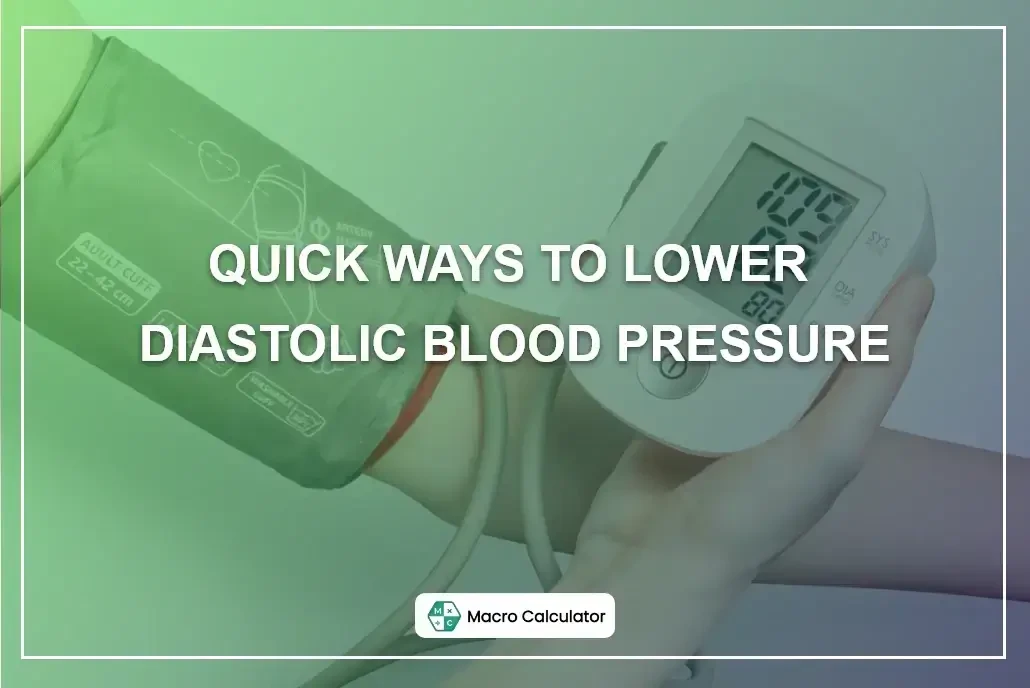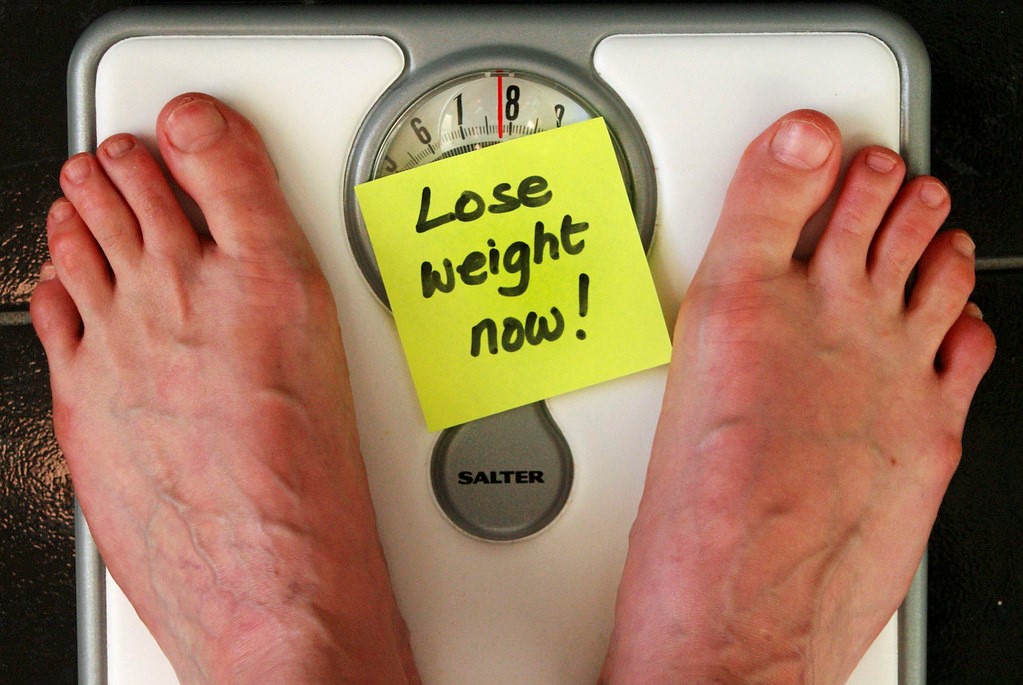 July 02, 2021
July 02, 2021
The blood pressure is measured in 2 numbers. The measurements are referred to as Systolic Blood Pressure and Diastolic Blood Pressure.
The systolic blood pressure represents the pressure your blood is exerting against your arteries when your heart beats. Diastolic blood pressure is the amount of pressure your blood is exerting against the arteries when the heart is in a rest state between the beats.
If you have abnormal diastolic blood pressure, then it is an alarming situation that you need to attend to at once.
In this article, we are going to share with you some quick tips that you can use to lower and maintain your diastolic blood pressure.
Diastolic Blood Pressure represents the force of the flow of blood when your heart is resting between the beats. If the diastolic blood pressure reaches a number between 80 and 89mm Hg, then it is considered to be high.
Research shows that too high or too low diastolic blood pressure can lead to heart damage and makes you more susceptible to heart disease.
So, you need to do everything that you can to lower your diastolic blood pressure if it is too high. This is exactly what this guide for reducing diastolic blood pressure is going to help you with.
The easiest way to lower your diastolic blood pressure without any kind of medication is by consuming a healthy diet. So, what does a healthy diet include?
Vegetables such as spinach, broccoli, and carrots are great for reducing diastolic blood pressure. Fruits like apples, bananas, and oranges also help with that.
Other foods that might be helpful with maintaining diastolic blood pressure include fish, beef, pork, eggs, brown rice, nuts, and beans.
Sodium is one of the most commonly used food ingredients that is massively used all around the globe. But the alarming thing is, sodium is just not right for people suffering from high diastolic blood pressure. It can increase blood pressure a lot.
If you want to lower your blood pressure, you need to reduce the use of sodium to about 2grams a day. It is recommended that you stop adding salt to foods and stay away from foods that contain salt as their essential ingredient.
Sodium is known for its effects of increasing diastolic blood pressure. If you want to counter these effects, then you should increase the intake of potassium in your diet.
When potassium interacts with the sodium in your body, it helps nullify its effects. You can try out foods like bananas, spinach, and tomatoes which are rich in potassium. The bottom line is you can use potassium to counteract the effects of sodium on your diastolic blood pressure.
If you want to use a more controlled approach in terms of your diet, you can use a Macronutrient Calculator for that.
The Macro Calculator will help you create a perfect diet plan as per your age and your ultimate goal.
You can set up the parameters in terms of the goals you want to achieve, and it will create a perfect diet plan catering to your specific diet needs.

Weight loss is also quite important when it comes to reducing blood pressure. If you have high blood pressure and you feel like you have gained some weight, you should try losing it. This can have a massive impact on your blood pressure levels.
In fact, research shows that if you lose two pounds, it can decrease your blood pressure by almost 1mm Hg. Overweight people are more susceptible to high blood pressure. So, if you want to want to avoid that, then you must plan on losing some weight.
Stress is one of the major causes of high blood pressure. And since it is something that is not always in your control, you need to look for ways to manage stress so that it doesn’t affect your health.
You should try to stay away from stressful situations. Even if you find yourself in one, you need to make sure that you don’t let things go out of your hands. We have found that deep breathing and meditation work great when it comes to handling stressful situations.
Sometimes, you never even realize when your blood pressure is increasing. It is so subtle a lot of the time that the effects are almost impossible to notice.
So, if you want to be on the safer side, we recommend that you get a blood pressure monitoring device at your home. You need to set up a routine for yourself for measuring your blood pressure.
This will keep you on top of your changing blood pressure levels and you’d be able to see in real-time whether your treatment is working or not.
Excessive use of alcohol can also increase diastolic blood pressure. If you consume alcohol in excess, you need to cut it down and reduce it to maintain your blood pressure.
You can have about two drinks a day. If you go more than that, it can make the blood pressure situation quite bad for you. You need to drink in moderation for the sake of your health.
You need to come up with a workout routine for yourself. This is to keep you active because if you have energy, your body will be able to deal with high blood pressure in a more effective way.
You can try walking, running, cycling, swimming, or any other form of physical activity to keep the blood pressure levels on track. Ideally, you need to perform about 90 to 150 minutes of exercise each week for the best results.
People suffering from high diastolic blood pressure need to be careful with their diet because it can lead to various heart conditions.
We highly recommend that you incorporate the above guidelines into your daily routine to lower your diastolic blood pressure.
If you have any questions about lowering your systolic, diastolic, or overall blood pressure, feel free to reach out to us. We’d be happy to help you out!